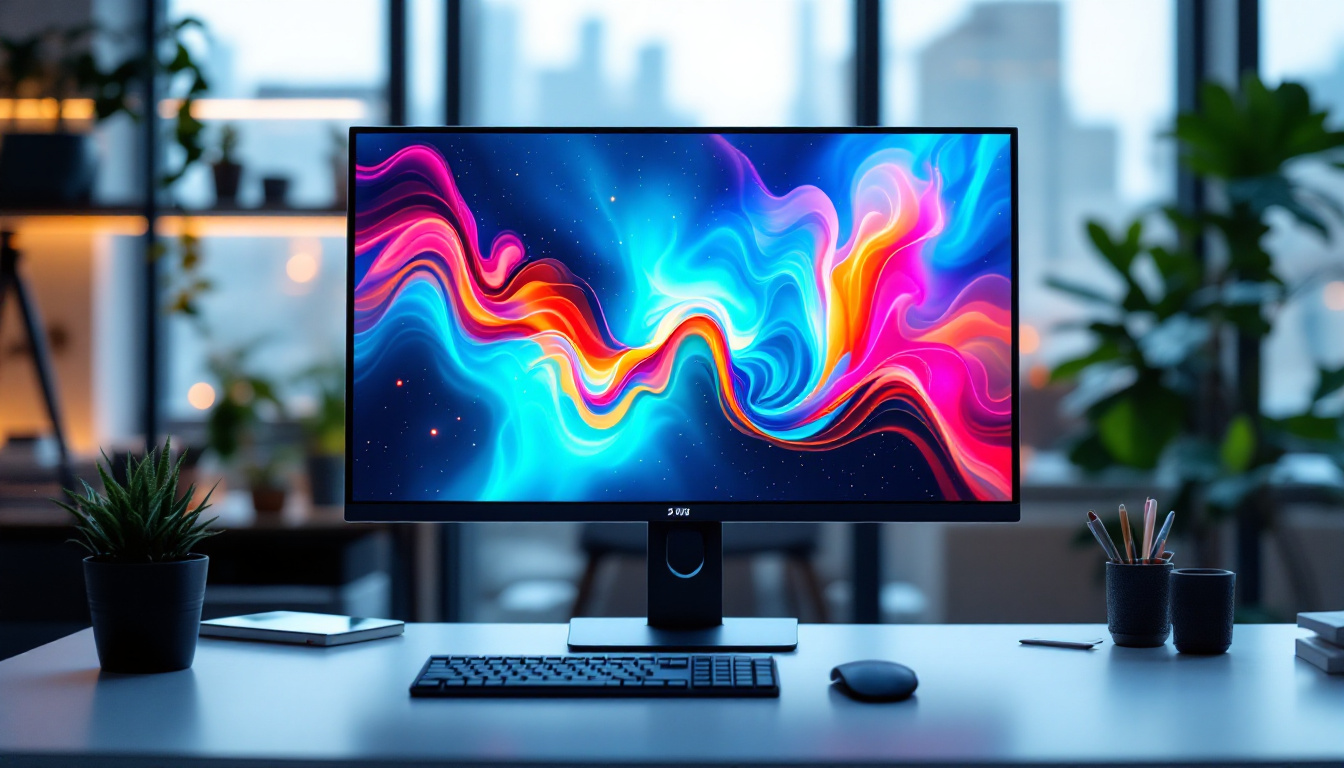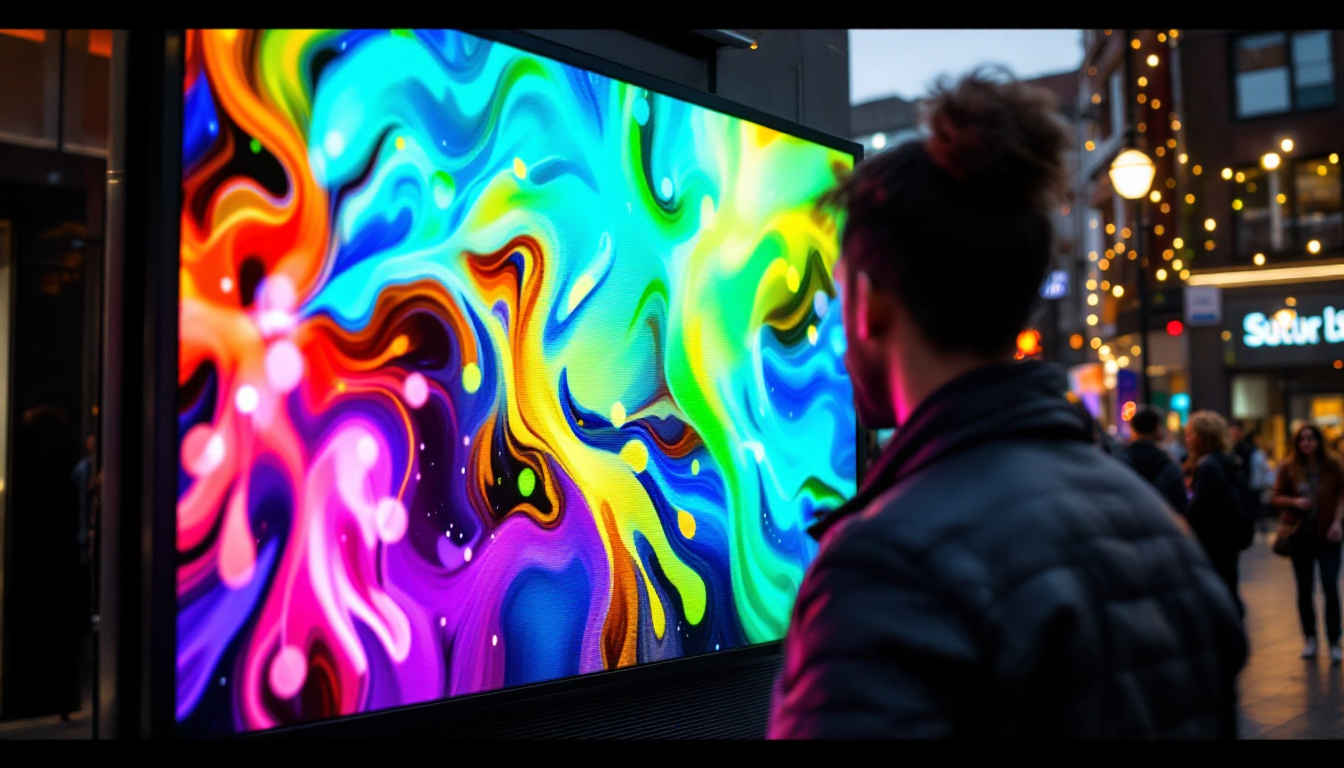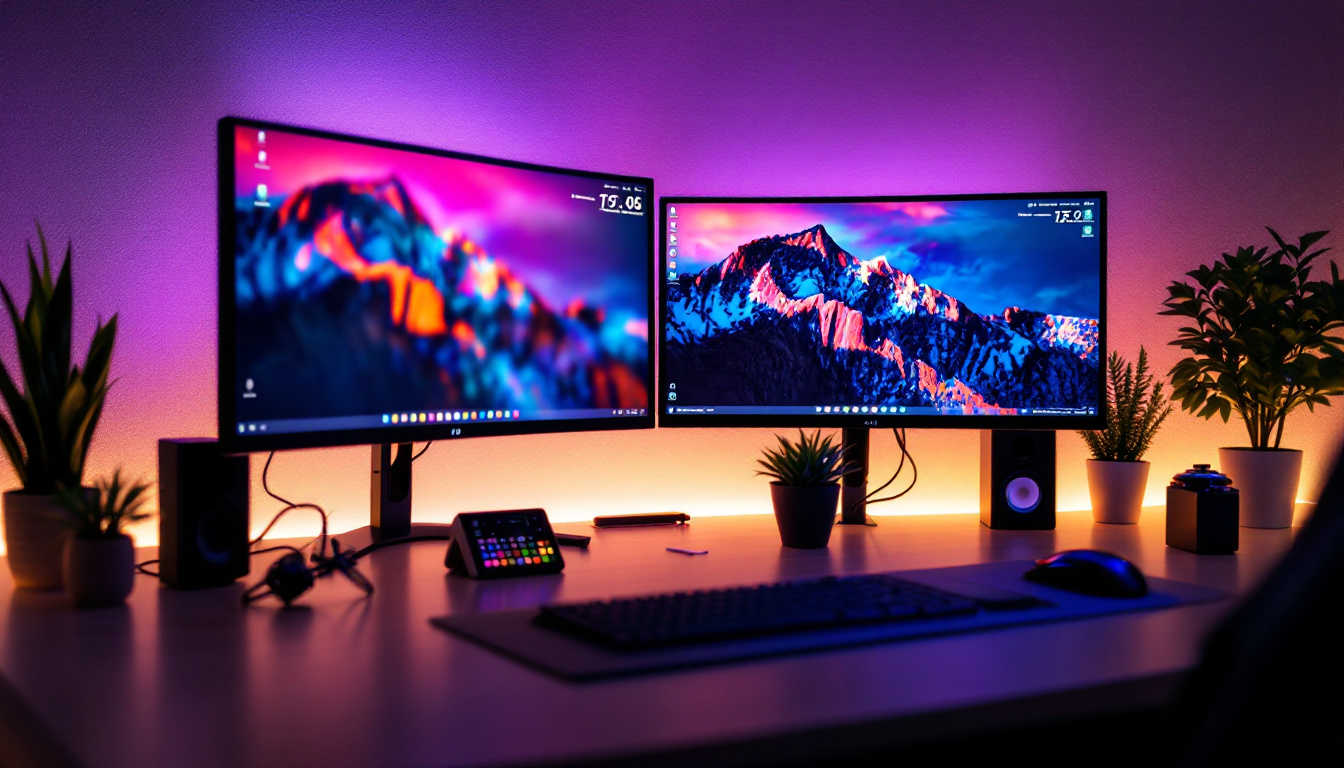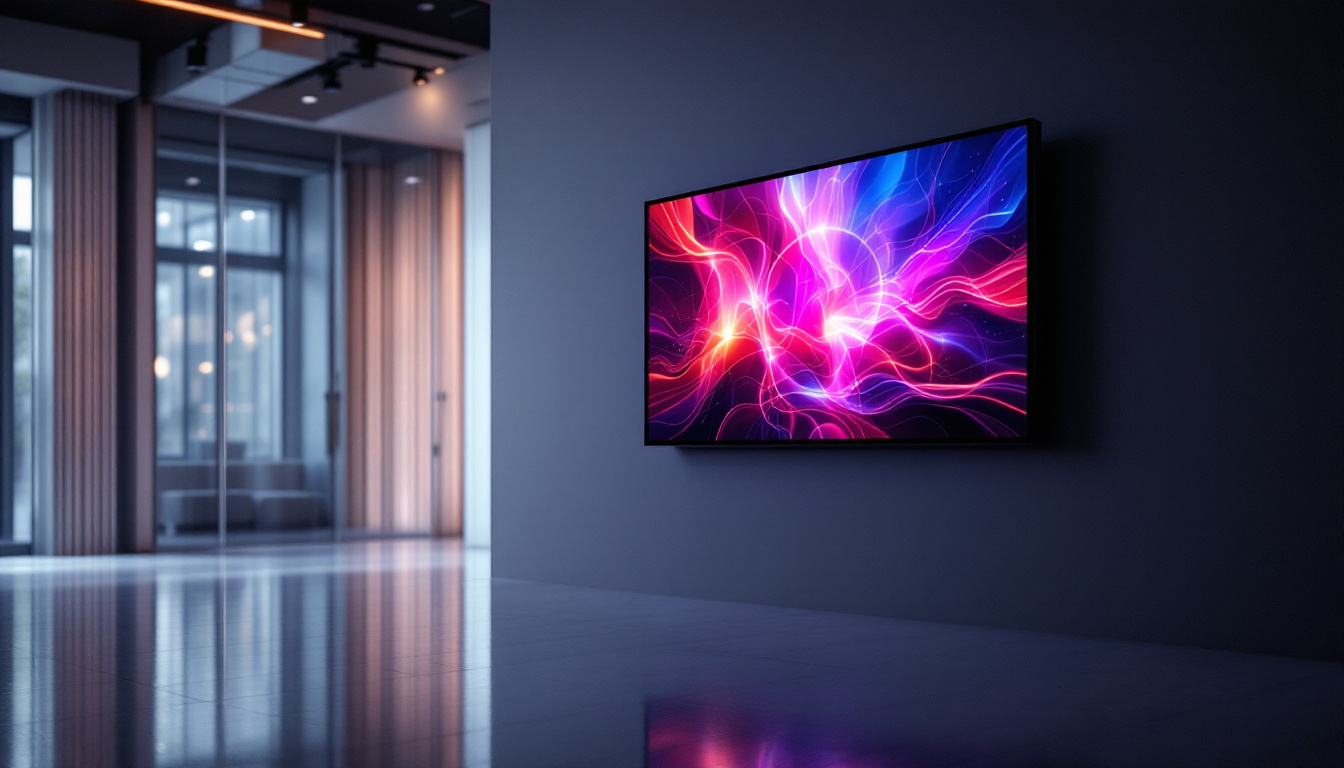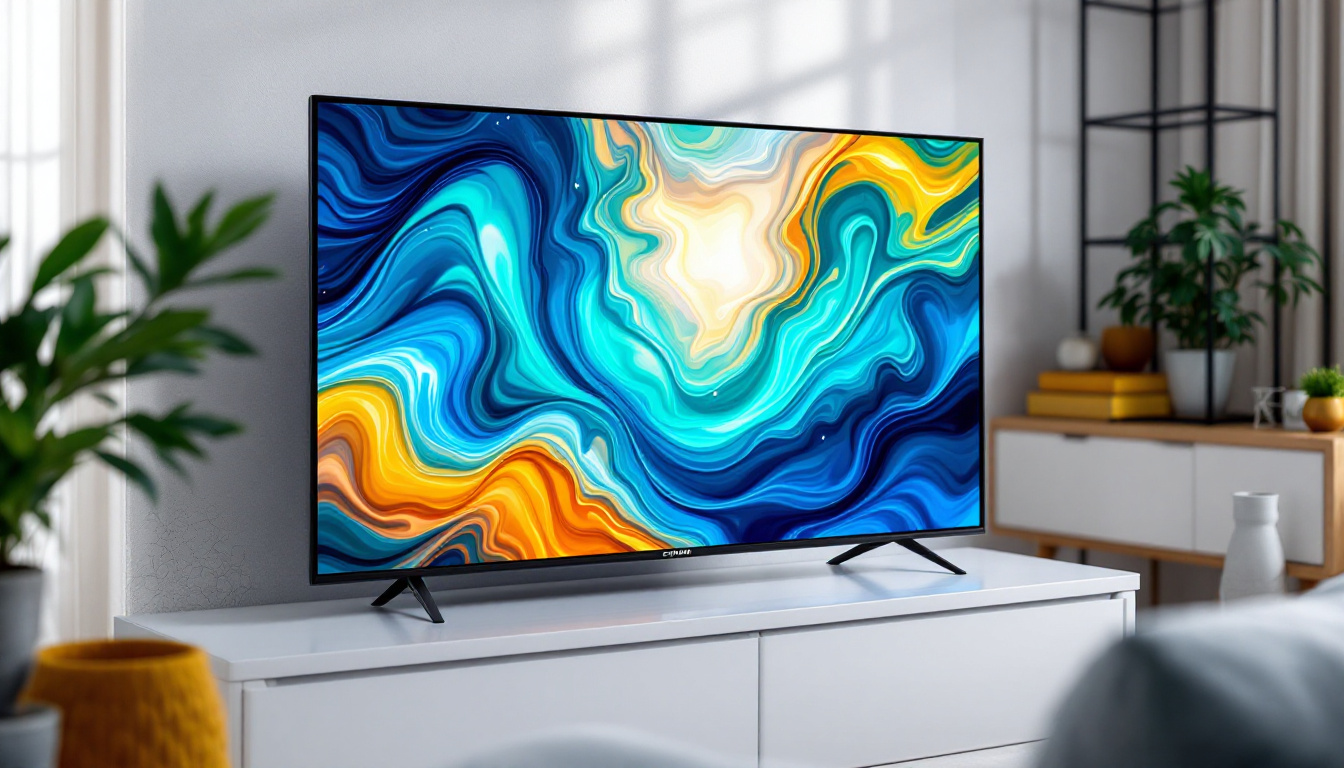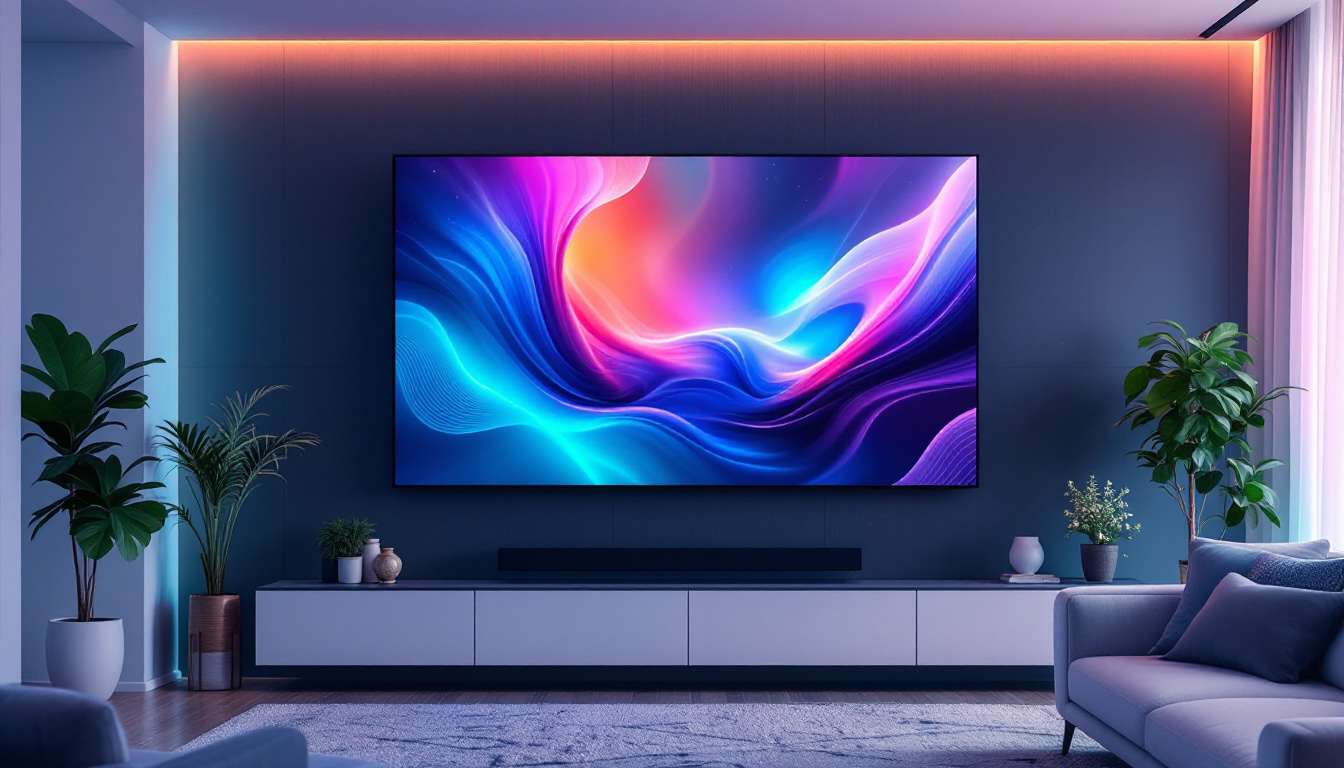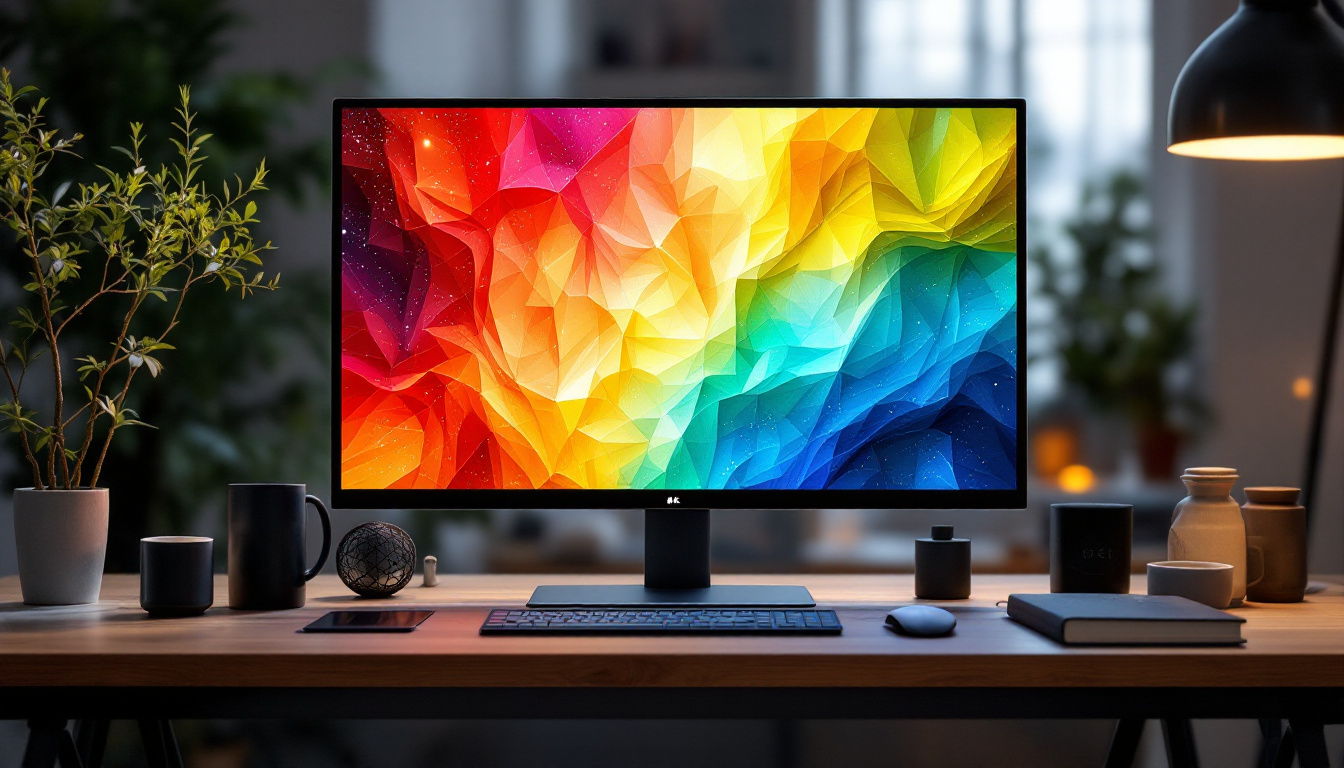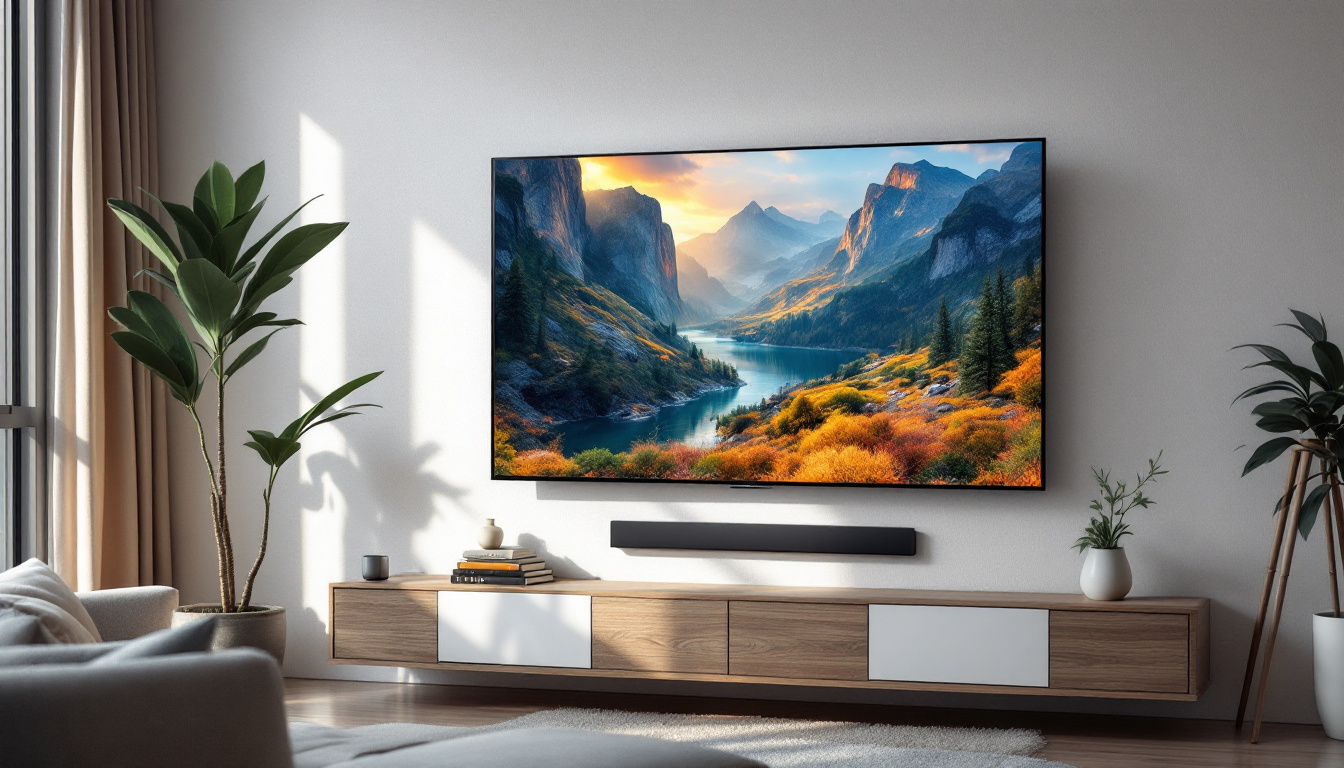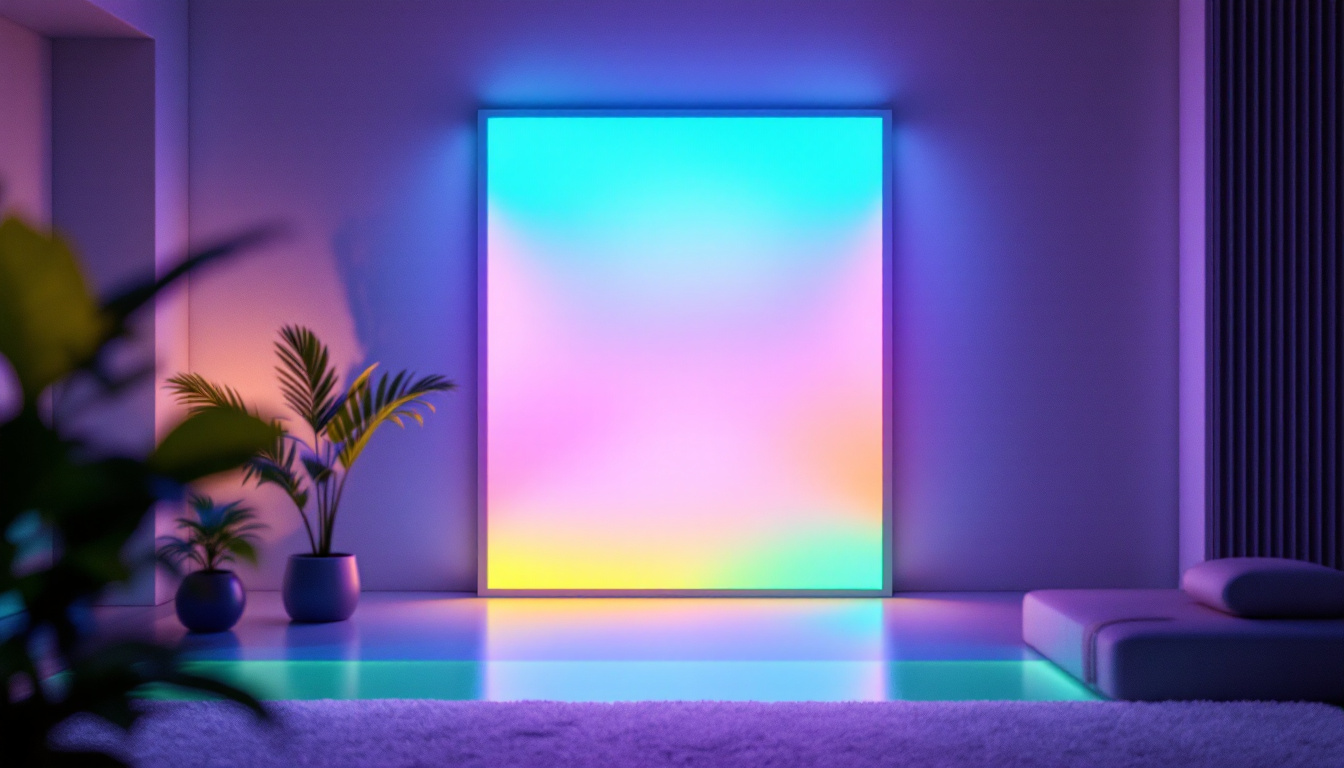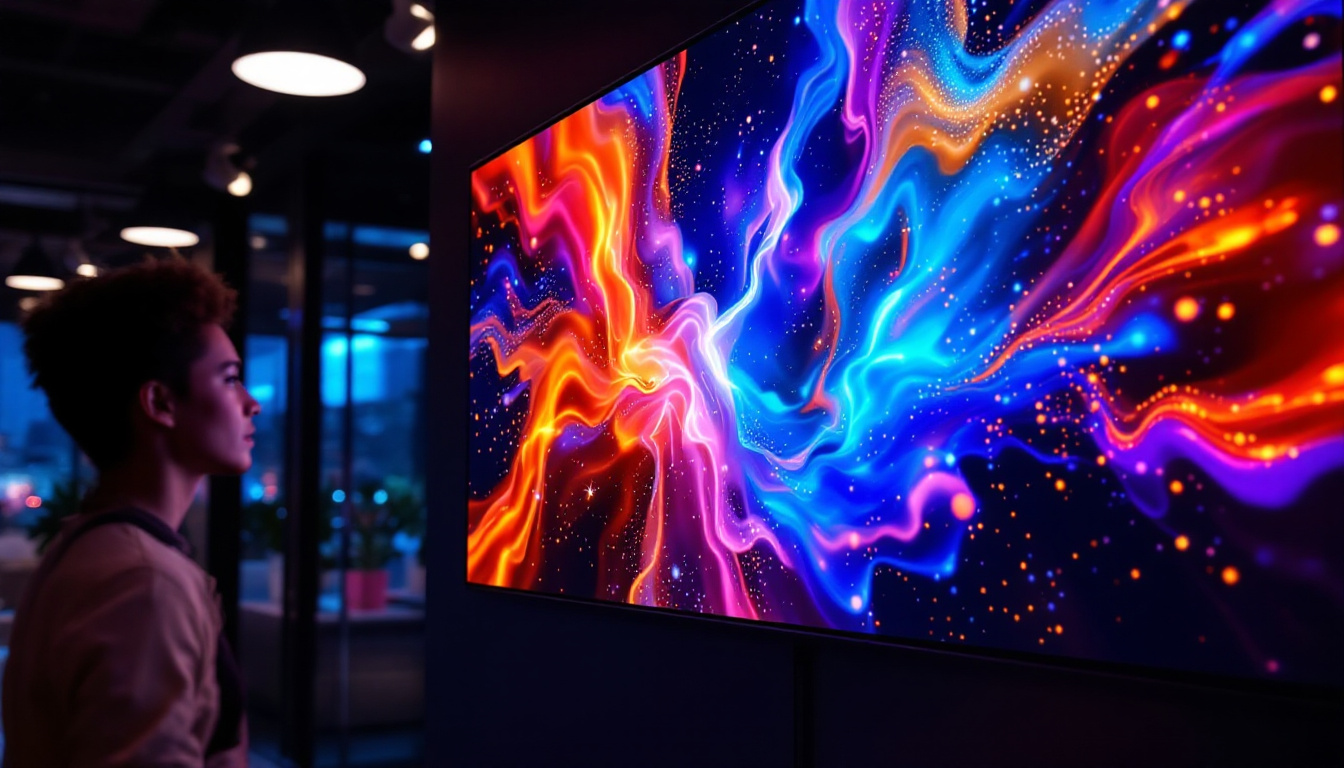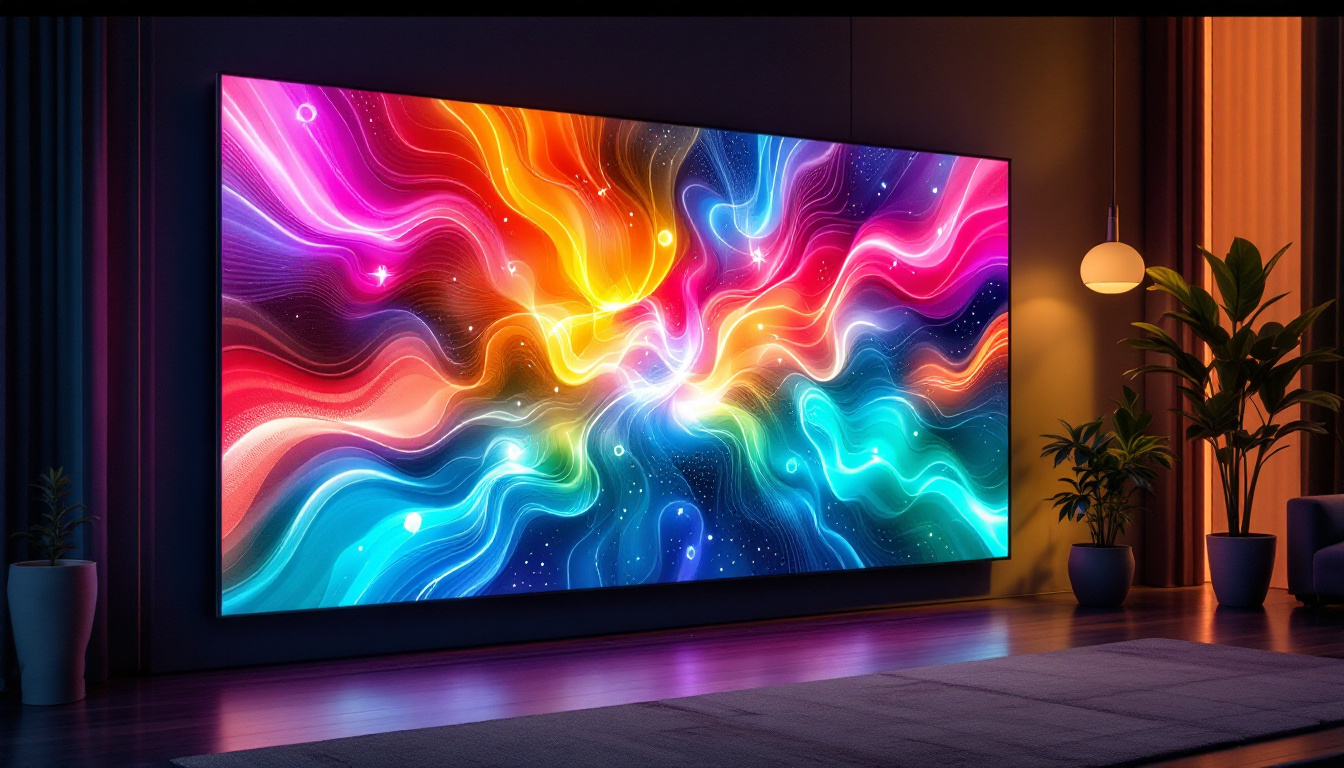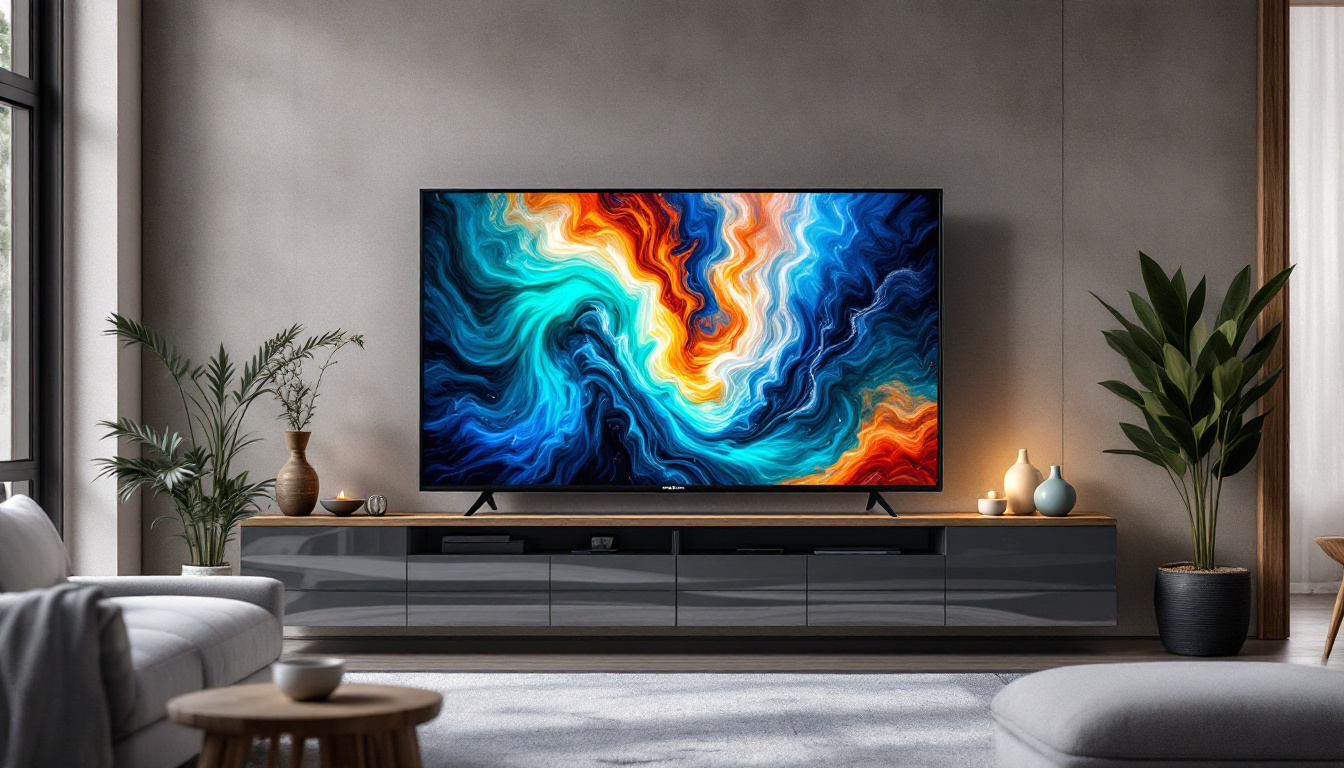understanding screen resolution is crucial for anyone who uses digital displays, whether for work, gaming, or casual browsing. The resolution of a screen determines the clarity and detail of the images displayed, making it an essential factor in user experience. In this article, we will explore how to find out your screen resolution, delve into the intricacies of LED displays, and discuss the implications of different resolutions on performance and usability.
What is Screen Resolution?
Screen resolution refers to the number of pixels displayed on a screen, represented as width x height. For example, a resolution of 1920 x 1080 means the display has 1,920 pixels in width and 1,080 pixels in height. The higher the resolution, the more detail can be shown on the screen, which is particularly important for tasks that require precision, such as graphic design or video editing. In an age where visual content dominates, understanding screen resolution becomes crucial for both creators and consumers alike, as it directly influences the quality of images, videos, and even text displayed on various devices.
Screen resolution is not just a number; it significantly impacts how content is viewed. A higher resolution provides a clearer image, allowing for more intricate details to be visible. Conversely, a lower resolution can result in pixelation, where individual pixels become discernible, leading to a less satisfying viewing experience. This is especially relevant in the context of high-definition media consumption, where viewers expect crisp visuals that enhance their overall enjoyment. Furthermore, the relationship between screen resolution and screen size is vital; a high resolution on a small screen can yield a stunningly sharp image, while the same resolution on a larger screen may not deliver the same level of detail.
Common Screen Resolutions
There are several standard screen resolutions that are widely used across different devices. Some of the most common include:
- HD (1280 x 720): Often found in budget televisions and laptops, HD resolution offers decent quality for everyday use. This resolution is suitable for streaming videos and casual gaming, making it a popular choice for entry-level devices.
- Full HD (1920 x 1080): This is the standard resolution for most modern displays, providing a good balance between quality and performance. Full HD is ideal for watching movies, playing games, and even professional work, as it strikes a fine balance between clarity and resource consumption.
- Quad HD (2560 x 1440): Also known as 2K, this resolution is popular among gamers and graphic designers for its enhanced clarity. With a higher pixel density, Quad HD displays provide sharper images and more vibrant colors, making them a favorite for those who appreciate high-quality visuals.
- 4K UHD (3840 x 2160): Offering four times the resolution of Full HD, 4K is becoming increasingly common in high-end displays and televisions. This resolution is particularly beneficial for large screens, as it allows for immersive viewing experiences without sacrificing detail. Additionally, 4K content is becoming more accessible, with streaming services and gaming consoles beginning to support this high-resolution format.
As technology continues to advance, we are also witnessing the emergence of even higher resolutions, such as 8K (7680 x 4320), which promises to deliver an unprecedented level of detail. However, the adoption of such resolutions requires not only compatible displays but also content that can take full advantage of the enhanced clarity. Moreover, the importance of screen resolution extends beyond just the numbers; factors such as color accuracy, refresh rates, and panel technology also play critical roles in the overall viewing experience. Understanding these elements can help consumers make informed decisions when purchasing devices, ensuring they choose screens that meet their specific needs and preferences.
Why Knowing Your Screen Resolution Matters
Knowing your screen resolution is essential for several reasons. For one, it helps in optimizing your viewing experience. For instance, if you are watching a movie or playing a game, knowing the resolution can guide you in selecting the appropriate content that matches your display capabilities.
Additionally, screen resolution plays a critical role in web design and development. Designers must ensure that their websites are responsive and look good across various resolutions. Understanding the resolution of your own screen can help you test how your website appears to users with different devices.
Impact on Gaming and Multimedia
For gamers, screen resolution can significantly affect gameplay. Higher resolutions can enhance the visual experience, making games look more immersive and detailed. However, they also require more powerful hardware to run smoothly. Knowing your screen resolution helps in selecting the right graphics settings to achieve optimal performance.
Similarly, when it comes to multimedia consumption, such as watching movies or streaming videos, knowing your screen resolution ensures that you are viewing content in the best possible quality. Many streaming services offer content in various resolutions, and selecting the highest available option for your display can greatly enhance your viewing experience.
How to Find Out Your Screen Resolution
Finding out your screen resolution is a straightforward process, and it can be done in several ways, depending on the device you are using. Below are methods for various operating systems and devices.
For Windows Users
Windows provides a simple way to check your screen resolution:
- Right-click on the desktop and select Display settings.
- Scroll down to the Scale and layout section.
- Your screen resolution will be displayed under the Display resolution dropdown menu.
Alternatively, you can also use the Control Panel:
- Open the Control Panel and select Appearance and Personalization.
- Click on Display and then select Change resolution on the left sidebar.
- Your current resolution will be shown here.
For Mac Users
Mac users can easily find their screen resolution by following these steps:
- Click on the Apple menu in the top left corner and select About This Mac.
- In the window that appears, click on the Displays tab.
- Your screen resolution will be listed there.
For Mobile Devices
Finding screen resolution on mobile devices varies slightly between operating systems:
- iOS: Go to Settings > Display & Brightness. The resolution is not explicitly stated but can be found online based on your device model.
- Android: Go to Settings > Display > Advanced. Some devices may show the resolution directly, while others may require looking up the specifications online.
Understanding LED Displays
LED (Light Emitting Diode) displays are a popular choice for modern screens due to their vibrant colors and energy efficiency. Unlike traditional LCD displays that use fluorescent backlighting, LED displays utilize tiny diodes to produce light, resulting in brighter images and deeper blacks.
LED technology has evolved significantly over the years, leading to various types of displays, including OLED (Organic LED) and QLED (Quantum Dot LED). Each type has its unique characteristics, advantages, and applications, making it essential to understand the differences when choosing a display.
Types of LED Displays
There are several types of LED displays, each designed for specific use cases:
- Standard LED: These displays use a grid of LEDs to illuminate the screen. They are commonly found in televisions and monitors.
- OLED: OLED displays offer superior contrast and color accuracy by using organic materials that emit light. They are favored for high-end televisions and smartphones.
- QLED: QLED displays utilize quantum dots to enhance brightness and color. They are popular in premium televisions, providing excellent picture quality.
Advantages of LED Displays
LED displays come with numerous advantages that make them a preferred choice for many users:
- Energy Efficiency: LED displays consume less power compared to traditional displays, making them more environmentally friendly and cost-effective in the long run.
- Brightness: LED technology allows for higher brightness levels, making screens more visible in well-lit environments.
- Longevity: LED displays typically have a longer lifespan than traditional displays, reducing the need for frequent replacements.
Choosing the Right Screen Resolution for Your Needs
When selecting a screen resolution, it is essential to consider your specific needs and usage scenarios. Different tasks may require different resolutions for optimal performance.
For General Use
For general tasks such as browsing the web, checking emails, or working on documents, a Full HD (1920 x 1080) resolution is often sufficient. It provides a clear image without putting too much strain on the hardware.
For Gaming
Gamers may prefer higher resolutions, such as Quad HD (2560 x 1440) or even 4K UHD (3840 x 2160), depending on their hardware capabilities. Higher resolutions can enhance the gaming experience, but they also require more powerful graphics cards to maintain smooth frame rates.
For Professional Use
For professionals in fields such as graphic design, video editing, or photography, a higher resolution is crucial. A 4K display can provide the detail needed for precise editing and design work, allowing for a more accurate representation of colors and details.
Conclusion
Understanding screen resolution and the technology behind LED displays is essential for optimizing the digital experience. By knowing how to find out your screen resolution and recognizing the advantages of different display types, users can make informed decisions that enhance their productivity and enjoyment.
Whether for gaming, professional use, or everyday tasks, selecting the right screen resolution and display technology can significantly impact performance and user satisfaction. As technology continues to evolve, staying informed about these aspects will ensure that users can take full advantage of the capabilities offered by modern displays.
Explore Cutting-Edge LED Display Solutions
Now that you’re equipped with the knowledge of screen resolutions and the impact they have on your digital experience, take the next step with LumenMatrix. As a pioneer in LED display technology, LumenMatrix offers an extensive range of innovative LED display solutions tailored to your needs. From captivating Indoor LED Walls to dynamic Outdoor LED Displays, and from versatile Vehicle LED Displays to sleek LED Posters, our products are designed to revolutionize visual communication. Experience the difference in engagement and clarity with our LED Sports Displays, immersive Floor LED Displays, and customizable options that bring your vision to life. Ready to transform your space with high-impact visuals? Check out LumenMatrix LED Display Solutions and elevate your brand’s presence today.



